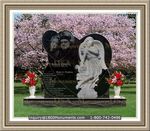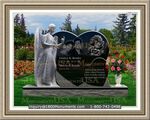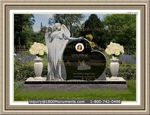|
Basic Details You Should Notice When Picking Cremation Urns
A growing number of individuals are opting to bypass traditional burials for another practice. Each person has their own reasons for making the decision for being cremated. As uniquely personal as those motivations are, the many styles of cremation urns available are designed to accurately reflect them all.
The materials used, as well as the size, shape and style of the containers are quite diversified. The range of options ensures each individual personality can be matched to the perfect receptacle. To begin, it is important to consider exactly what one's needs are in such a vessel.
Containers intended for an individual are the most commonly sold. They are meant to house the remains of just a single person and have about 110-220 cubic inches of holding space. Though the inside is standard, the outer layer is practically limitless in design, color and material options.
Companion receptacles are just as viable as are joint burial sites. These containers are a bit larger as they are intended to hold the remains of two full grown individuals. Inside the housing, the ashes may be combined within one compartment, or that space may be divided so that they do not intermingle.
When one chooses to have their ashes scattered or shared between multiple survivors, keepsake receptacles are the best choice. It is always recommended that a bit of the remains be preserved since dispersal is irreversible. This category has a variety of design possibilities such as memory boxes, photo frames, jewelry or customized containers.
The materials used to create containers for one's remains are quite diversified. They are commonly made from copper, pewter, marble, ceramic, stainless steel, bronze and various hardwoods, just to name a few options. Biodegradable vessels are also available and are especially great for burials.
|
|



























